One common kind of Japanese pancake is the Super Soft Souffle Pancake. These souffle pancakes recipe live up to their name by being so fluffy and light that biting into one is like savoring a fluffy cloud of cotton. The majority of the dough is a souffle, which rises when heated and then slowly deflates, making these pancakes exceptionally light and airy.
The method used to make a Japanese Pancake Souffle deviates from that used to make regular pancakes. The eggs need to be beaten in order to achieve the desired result. Put the egg whites in a separate bowl and the yolks in another. A meringue is made by whipping egg whites and sugar together. In many ways, it’s similar to making a chiffon cake.
This recipe makes 3 fluffy, delicious pancakes with the following ingredients: It’s cheap and simple to locate in stores, and it’s readily available. It’s good for those who want something to snack on as they chat with a friend over tea in the afternoon or evening.
Please, for the love of souffle pancake recipes, don’t make the wrong choice of wheat flour!
Wheat flour has a lot of carbs, but it also has protein in the form of gluten. Wheat’s gluten content is what sets it apart from other flours. Chewy and elastic gluten is a flour compound that contributes to the overall texture and flavor of the food it makes. The protein content of the flour, the higher the gluten content. The flour’s gluten content varies with the type of wheat used to make it.
Wheat flour can be further classified into three categories based on its protein content: high-protein flour, medium-protein flour, and low-protein flour. The food’s flavor and consistency will change depending on which of these three flours is used. For this reason, it’s important to be able to tell the difference between the two before making a purchase.
Make light and airy souffle pancakes with low-gluten flour
Low gluten flour is called for the recipe for the Japanese pancake souffle. It’s important that you grasp this concept correctly.
Pancakes get their fragrant flavor from the vanilla.
It’s difficult to pick the ideal vanilla flavor. In general, vanilla sold commercially is subpar and lacks the desired aroma and flavor. Among the many vanilla options available to consumers are:
- Sticks of vanilla (vanilla pod)
A Vanilla Pod is a piece of vanilla bean that has been dried. In their natural state, the seeds or contents have a sandier texture and an oilier consistency when dredged.
- Pure Vanilla Extract
Dry vanilla beans are further refined into vanilla extract by being rehydrated in water and then dissolved in alcohol. This variety is the most sought-after because it greatly improves the flavor and aroma of food. - nivea vanilla paste sponsored link The combination of vanilla extract and vanilla seeds is further refined to create this product. The consistency is more like that of glue than toothpaste, despite the misleading name.
- Essential Oil of Vanilla
Synthetic vanilla extract is another name for this. Produced via chemical or synthetic means, it imparts merely an aroma and not a flavor. Excessive use will result in a bitter flavor, so be careful. It’s less thick and cloudy than traditional vanilla paste. - Vanilla Extract
Vanilla powder, like vanilla essence, is a synthetic product; it imparts no flavor beyond aroma and turns bitter when used in excess. The cost is relatively low.
Methods for Preparing Meringue
The secret to these ultra-light and airy pancakes is the meringue batter. To make meringue, you simply combine egg whites and sugar until the mixture becomes foamy and stiff. For the egg whites and sugar to form a dough that holds its shape when lifted, the mixture must be worked until stiff peaks form.
Techniques for Making preparations Meringue
- If you want your meringue to have more of a foamy texture, use older eggs. Eggs that are a little on the old side can be selected by immersing them in water. Meringues are best when they float halfway in the liquid.
- If you keep your eggs in the fridge, bring them to room temperature after removing them. Make sure the bowl is spotless and the egg whites are at room temperature for at least 30 minutes before you begin mixing. To get the most foam from the egg whites, make sure there are no traces of liquid in the bowl. This includes water, oil, or even egg yolks. Make sure the mixer is spotless before using it.
- Add 1 teaspoon of lemon juice for every egg white if you want a firm meringue.
- When adding sugar to beaten egg whites, do so gradually rather than all at once. The longer and more gradual the addition of granulated sugar, the more opportunity the sugar crystals will have to dissolve in the foamy egg whites. For a velvety smooth meringue, it’s best to incorporate every last teaspoon of granulated sugar.
- During the dry season or when the air humidity is low / dry, meringues are at their best.
Pancakes cooked in a frying pan are the key determinant.
Make sure the pancakes don’t stick by cooking them in a Teflon-coated pan. The best outcomes can be achieved when using a ceramic nonstick pan. Before adding the batter, check the temperature of the pan. To avoid burning the pancakes, fry them over a low flame. Oil or butter is smeared on the skillet and nothing else.
source : 뚤기ddulgi

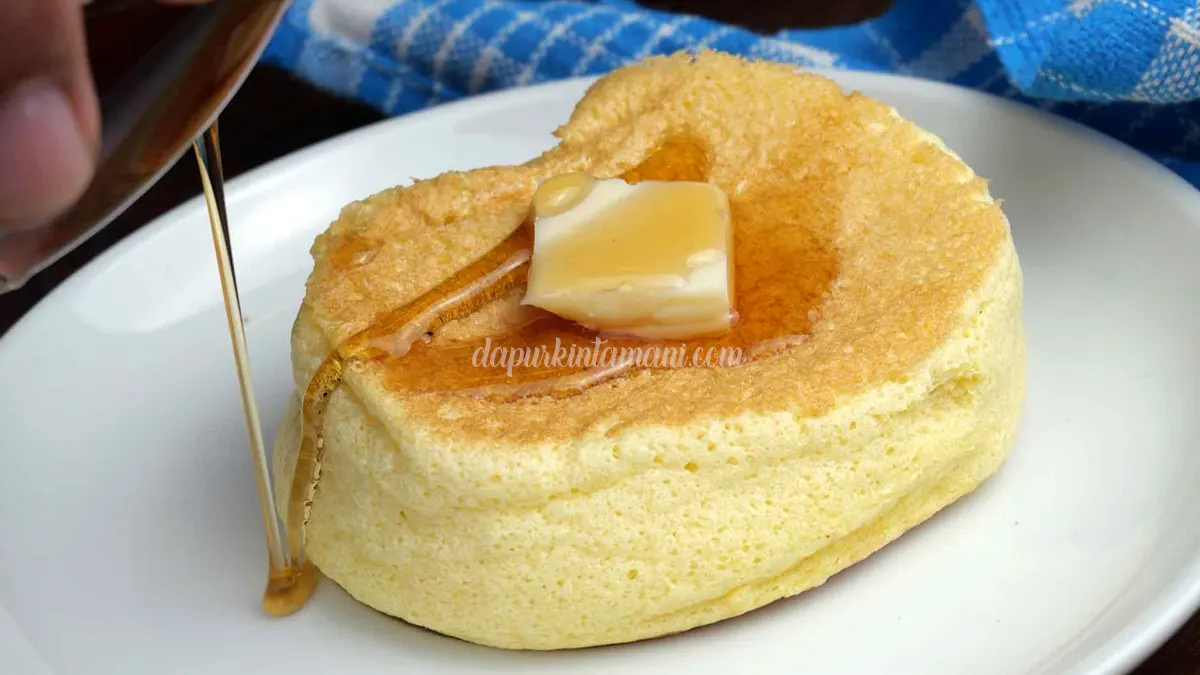


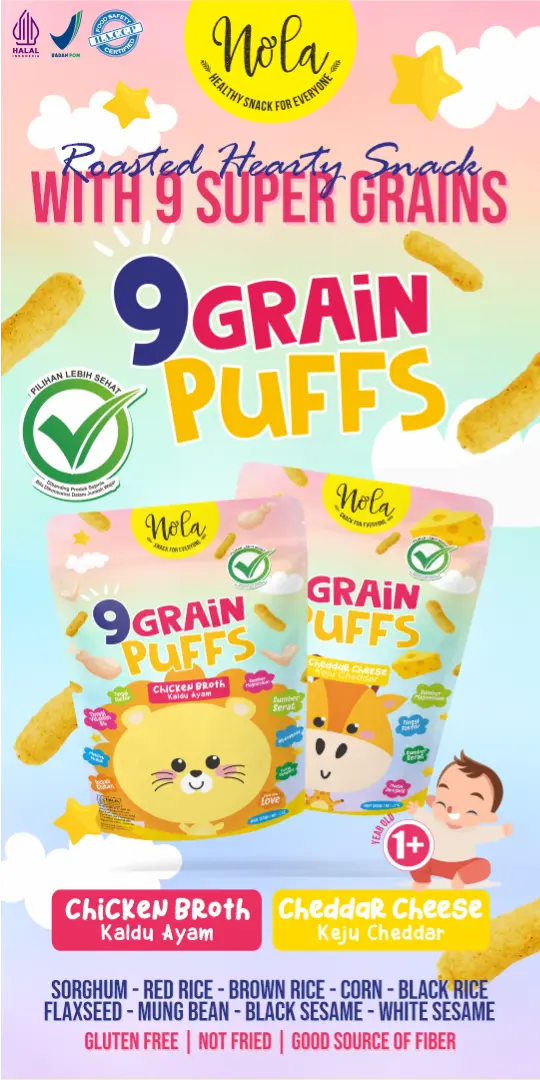
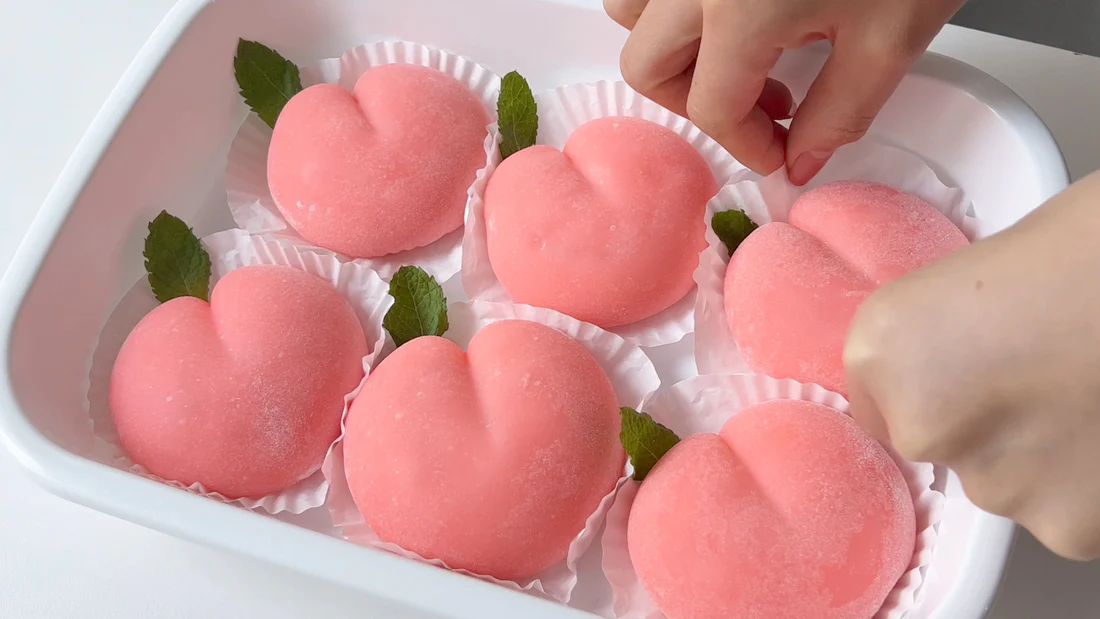
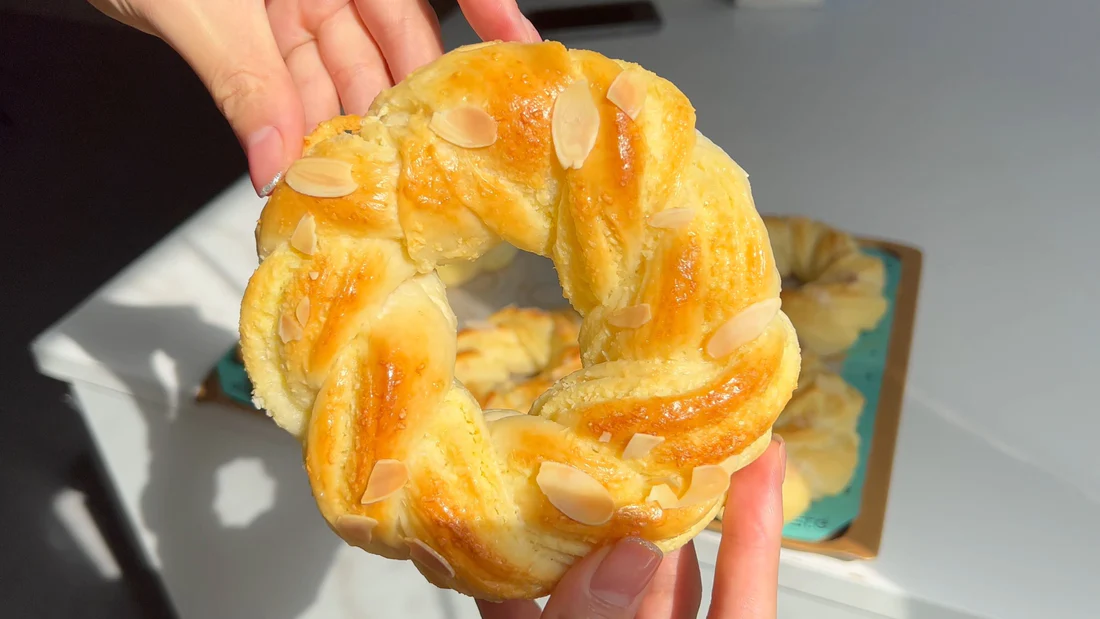
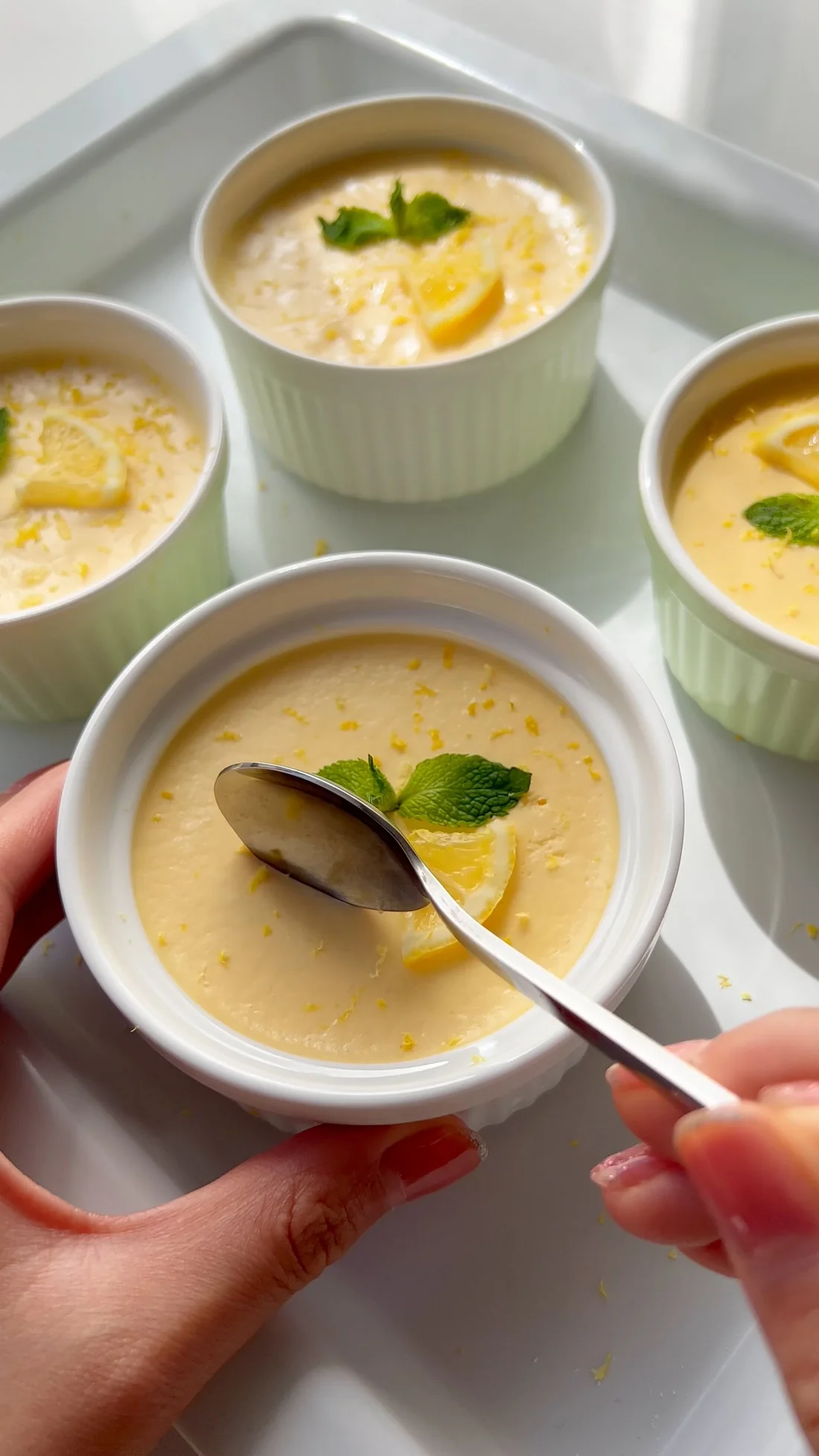
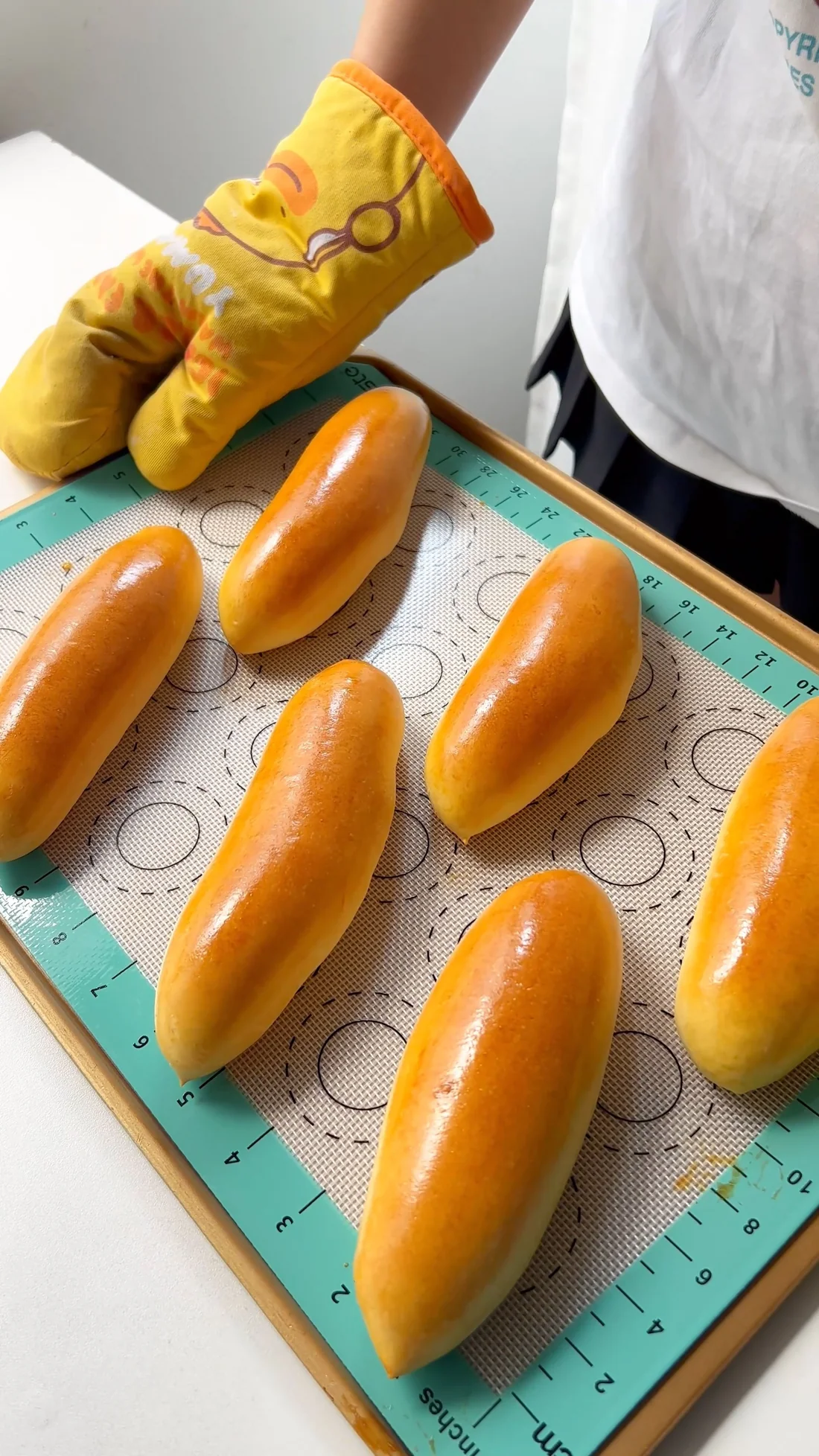
Leave a Reply